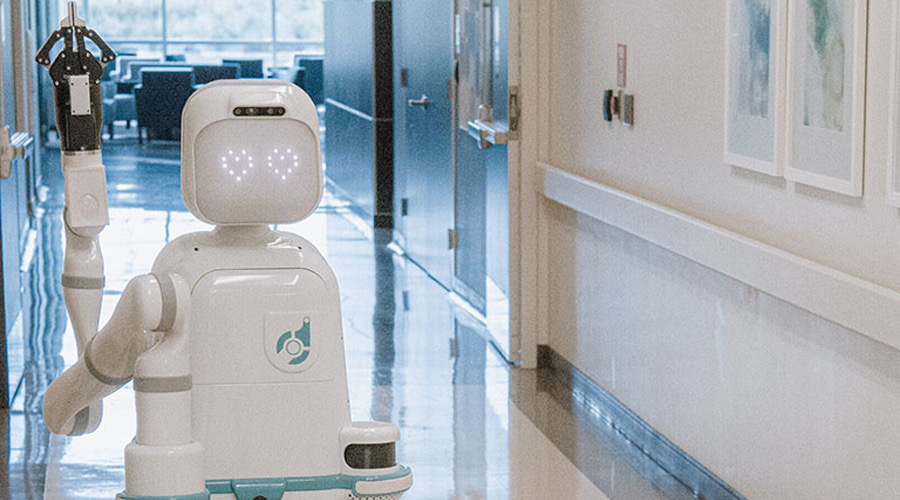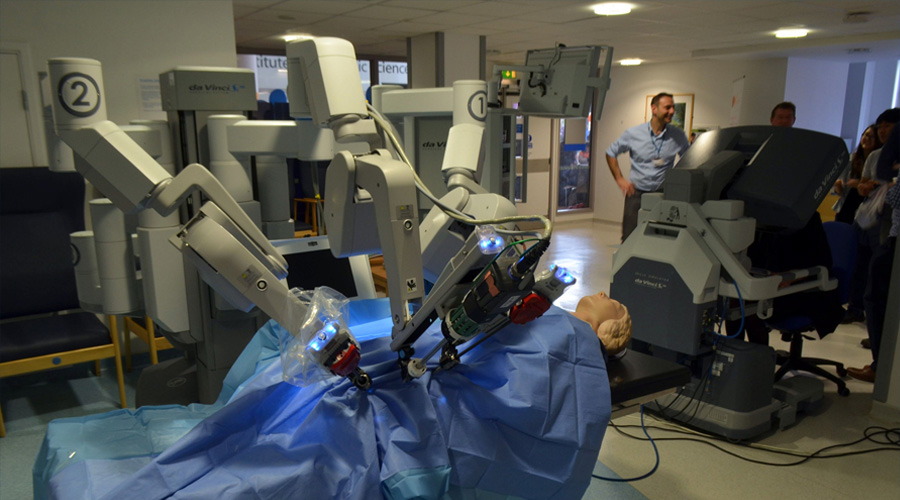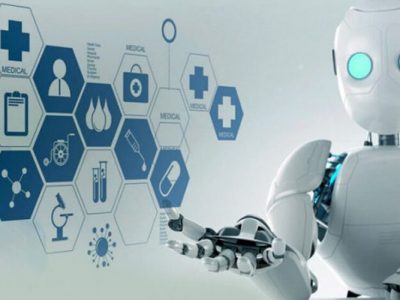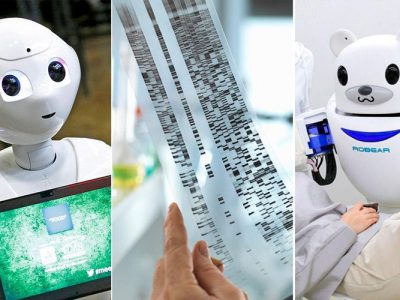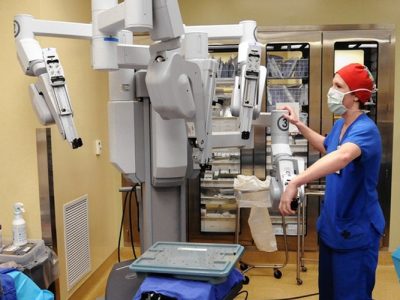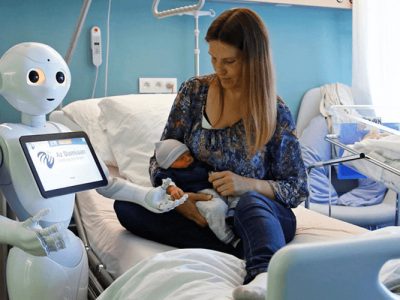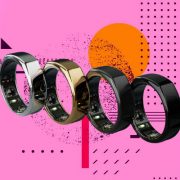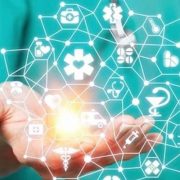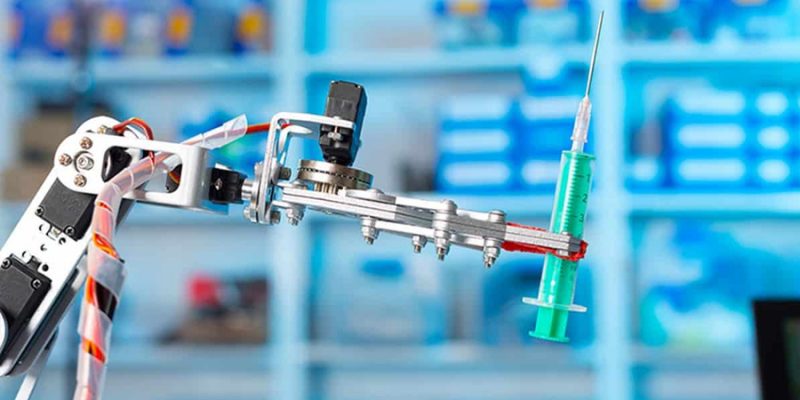
Advanced robotic tools are shaping the healthcare sector with modern technologies.
In the medical field, robotic tools are doing diverse tasks. Robotic surgeons and rehabilitation robots are two types of robots that specialize in human therapy. The therapy sector and robotic tools are quickly growing. Empathic robots look after the elderly or physically disabled, and robotic systems that do routine tasks like sanitizing rooms and carrying healthcare equipment and supplies, including medications, are among them.
Some of the most widely used robotic tools and applications in healthcare are as follows:
Rehabilitation Robots
These are important in the recovery of persons with impairments since they increase movement, strength, coordination, and overall quality of life. As patients recover from strokes, severe brain or spinal injuries, or neurocognitive or neuromuscular illnesses like multiple sclerosis, these robots may be trained to adapt to their condition. Balance, walking, and other sensorimotor can benefit from virtual reality combined with rehabilitation robots.
3D bioprinting
3D bioprinting creates biological tissues and cells to investigate the disease’s genetic foundation. It makes a three-dimensional item by layering elements including metals, polymers, and ceramics. Applications of 3D bioprinting include printing lightweight prostheses, bionics, and casts to mend fractures. 3D bioprinting helps identify disorders like cancer and tumors.
Medical transportation robot
These robots transport supplies, drugs, and food to patients and workers, allowing doctors, hospital personnel, and patients to communicate more effectively. “Most of these devices have extremely devoted capabilities for self-navigation around the facility,” says ManojSahi, a research analyst at Tractica, a technology-focused market intelligence organization. “However, to improve the navigational skills of transportation robots, highly advanced and expensive indoor positioning systems based on the sensor fusion position technology are required.
Cloud computing
Experts use cloud computing in healthcare for storing large amounts of data and processing capacity for data analytics at a cheaper cost. It aids in the storage of huge documents like medical records, patient medical histories, laboratory data, and diagnostic reports. It provides adequate safety, data backup, and restores data interchange, and storage management features.
Mobile health
The use of smartphones including phones, laptops, smartwatches, and other telecommunication connectivity for health-related activities, information, and data collecting, is referred to as mobile health technology. Applications of mobile earth include Illness monitoring, treatment assistance, medical record tracking, and management of chronic conditions. Educating people about preventative healthcare services is one of the most popular applications of mHealth.
Robotic Prescription Dispensing Systems
The most significant advantages of robotics are speed and efficiency, both of which are critical in pharmacies. Automated dispensing systems have progressed to the point that robots can now handle powders, liquids, and very viscous materials with far more speed and accuracy than previously.
Surgical Assistants
These remote-controlled robots let surgeons carry out less invasive surgeries. Surgical robots are distinguished by their capacity to manage a pretty advanced robotic arm from a workstation outside of the surgery room using operational controls. More improved 3DHD technology offers doctors the spatial coordinates needed for very intricate surgery, including more enhanced stereo viewing paired with augmented reality, thus new uses for this robotic surgery are always being developed.
Sanitation and Disinfection Robots
With the rise of antibiotic-resistant germs and outbreaks of lethal illnesses such as Ebola, more medical centers are turning to robotic cleaning and disinfection. UV light and hydrogen peroxide vapors are currently the most used disinfection treatments. Within minutes, these robots can clean a room of any germs or viruses.
Telepresence
Physicians in rural and remote areas employ robots to assist them to evaluate and treat patients, giving them a “telepresence” in the room. Dr. Bernadette Keefe, a Chapel Hill, NC-based healthcare and medical expert, states, “Specialists can be on call, via the robot, to answer queries and guide therapy from remote places.” “Navigation capabilities within the ER and advanced cameras for the medical assessment are two significant elements of these robotic gadgets.”
Databot
This data science tool in healthcare is creating high-end automated technologies by incorporating aspects of artificial intelligence and machine learning into the data it collects. Furthermore, healthcare data scientists may personalize the interface to their liking. In addition, Data Robot’s predictive analysis feature, which makes it appear intelligent, is fascinating to watch.

